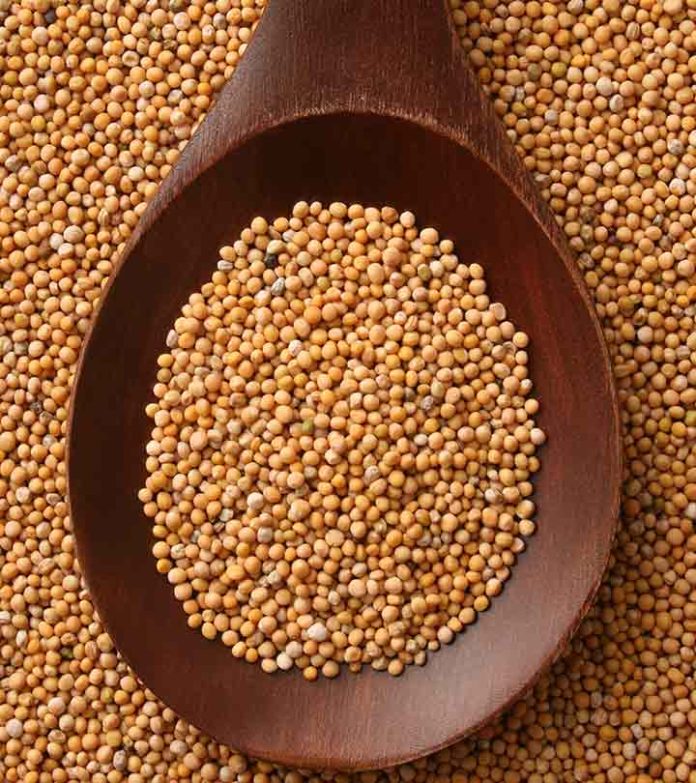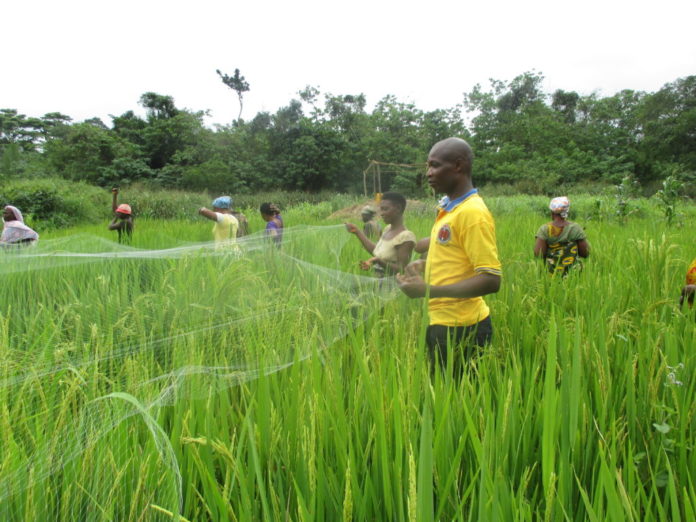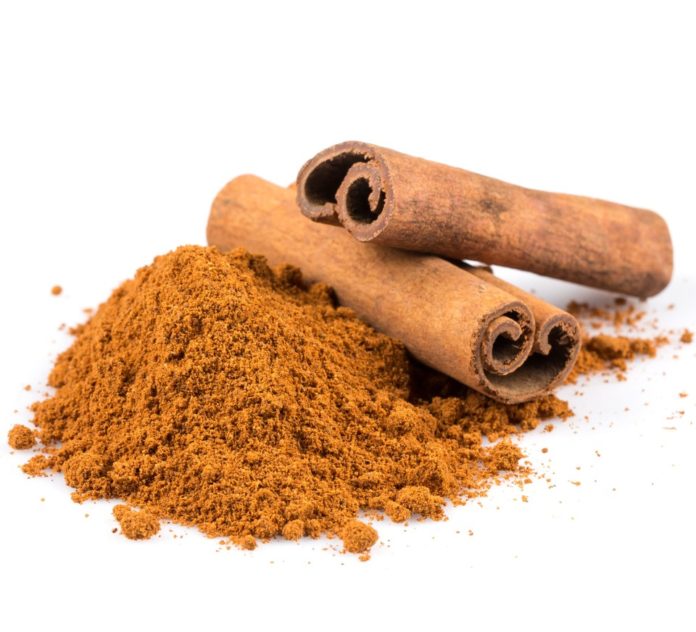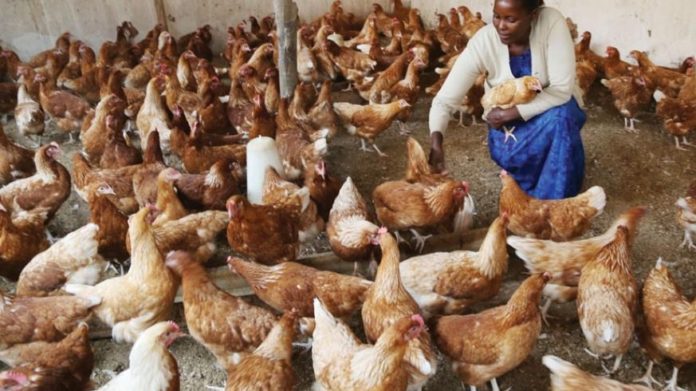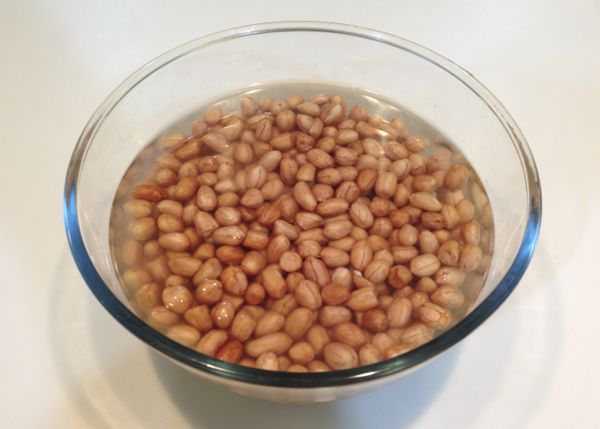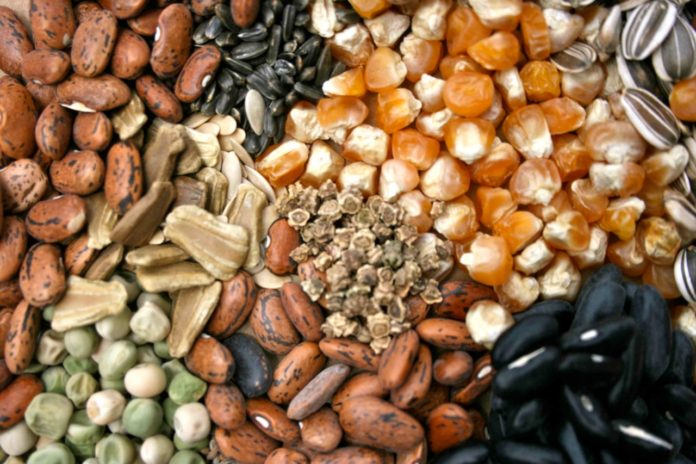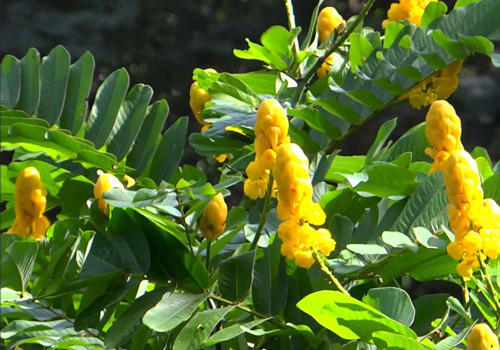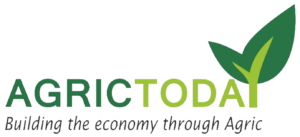Mustard seeds are rich in a nutrient called selenium, known for its high anti-inflammatory effects. N The high source of magnesium in mustard seeds helps to reduce the severity of asthma attacks and certain symptoms of rheumatoid arthritis and lowering blood pressure.
Health benefits of mustard seed.
It help prevents cancer.
The presence of compounds like glucosinolates and mirosinase in mustard seeds are known to use phytochemicals to inhibit the growth of cancer cells. This is definitely a major mustard seeds health benefit.
It helps to relieve Rheumatic Arthritis
Mustard seeds are a source of relief for people having rheumatic arthritis. The selenium and magnesium content in it helps in providing relief from this problem.
It helps to relieve Migraine
Migraine occurrence also reduces owing to the magnesium content present in the mustard seed. A little touch of mustard to your fish can boost the constituting omega-3 content.
It prevents Respiration Congestion
Mustard seeds or mustard, in general, are known to relieve any congestion problems in respiration.
It aids in disease Prevention
There are certain nutrients in mustard seeds that prevent diseases from occurring. They are all a part of the basic structure of the Brassica family to which mustard belongs.
It serves as Dietary Fibre
Mustard seeds are a good source of dietary fibres that improve digestion in the body. They make bowel movements better, thus improving the overall metabolism of the body. The fibre content here is mostly very readily soluble making it effective for use.
It lowers cancer risk
Selenium content in mustard seeds provides good resistance to the body against cancer cell formation. It is known to slow down the rate of development of cancer cells and also acts as an anti-oxidant.
It serves as blood pressure and menopausal relief
A number of nutrients present in mustard seeds like copper, iron, magnesium, and selenium also assist in the treatment of blood pressure and menopause relief.
It prevents Asthma
Mustard seeds are also known to be beneficial for Asthma patients. The presence of minerals like copper, magnesium, iron, and selenium in it are responsible for the prevention of Asthma Attacks.
Skin Benefits of Mustard Seeds
Natural scrub: Mustard seeds are a natural scrub. You can add it to either lavender or rose essential oil. Use this mix to scrub your face and exfoliate dead skin.
Hydrates skin: Mustard seeds, used with aloe vera gel, can act as a great combination to hydrate your skin. It removes all impurities from your face and nourishes it from within.
It fights infections: These seeds contain a good amount of sulphur which is known for its anti-fungal properties. They help ward off skin infections.
It slows down aging: Mustard seeds make for a great source of carotene and lutein. It is also a great powerhouse of vitamins A, C, and K. Together these nutrients make for an excellent antioxidant.
Hair Benefits of Mustard Seeds
Hair growth: Mustard oil, extracted from mustard seeds, is a good source of Vitamin A. Vitamin A is a great nutrient for hair growth. It is also a great stimulant that leads to faster hair growth.
Strengthens hair: Mustard seeds contain protein, calcium, vitamin A and E, omega-3, and omega-6 fatty acids. All of these together strengthens your hair from within. Strengthened hair means lesser hair fall too.
Conditions: Mustard seeds contain fatty acids. These are known to condition your hair from deep within. It also gives hair a good shine and bounce.
Other uses
Removes odour: If your jars start to smell like the spices or ingredients you store in them, using mustard seeds can help. Warm a little water and add it to the jar. Also, add a little mustard seed paste to the jar and shake it well. Pour it out. You would be surprised how the smell goes away.
Relieves Muscle Pains: Stiff muscles or sore and aching muscles can be treated with mustard seeds too. Just soak yourself in a tub of warm water. Now add some mustard seeds powder to the same to relieve pain.
Treats Cold: Mustard is often used to relieve congestion caused by a bad cough or cold.
Treats Back Pain: The extract of mustard seeds is useful in relieving spasms and back pain.
Treats Fever: Mustard seeds induce heavy sweating, which is used to lower fever. It helps release toxins from the body and has been useful in flu and cold too.

